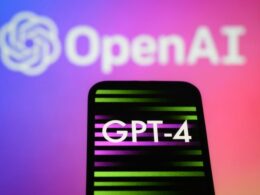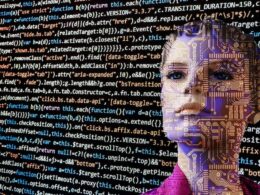This is an excerpt of the paper “What every CEO should know about generative AI”, published on May 2023, by Michael Chui, Roger Roberts, Tanya Rodchenko, Alex Singla, Alex Sukharevsky, Lareina Yee, and Delphine Zurkiya.
The Health Strategist
Health N Tech Transformation
strategy institute
Joaquim Cardoso MSc
Chief Research and Strategy Officer (CRSO)
May 12, 2023
ONE PAGE SUMMARY
Generative AI is a powerful tool that goes beyond chatbots.
- While chatbots have gained significant attention, generative AI has the potential to enhance various types of content, including images, video, audio, and code.
- It can perform a range of functions such as classifying, editing, summarizing, answering questions, and drafting content.
These capabilities can bring value by transforming how work is done across different business functions.
- Examples include fraud detection, customer call categorization, grammar correction, image editing, content summarization, answering technical questions, code generation, and drafting marketing messages.
As generative AI continues to evolve, it can be seamlessly integrated into workflows, automating tasks and performing specific actions.
The emergence of tools in this area indicates the growing potential of generative AI in enterprise environments.
DEEP DIVE

Generative AI is more than a chatbot
Generative AI can be used to automate, augment, and accelerate work. For the purposes of this article, we focus on ways generative AI can enhance work rather than on how it can replace the role of humans.
While text-generating chatbots such as ChatGPT have been receiving outsize attention, generative AI can enable capabilities across a broad range of content, including images, video, audio, and computer code. And it can perform several functions in organizations, including classifying, editing, summarizing, answering questions, and drafting new content. Each of these actions has the potential to create value by changing how work gets done at the activity level across business functions and workflows. Following are some examples.
Classify
- A fraud-detection analyst can input transaction descriptions and customer documents into a generative AI tool and ask it to identify fraudulent transactions.
- A customer-care manager can use generative AI to categorize audio files of customer calls based on caller satisfaction levels.
Edit
- A copywriter can use generative AI to correct grammar and convert an article to match a client’s brand voice.
- A graphic designer can remove an outdated logo from an image.
Summarize
- A production assistant can create a highlight video based on hours of event footage.
- A business analyst can create a Venn diagram that summarizes key points from an executive’s presentation.
Answer questions
- Employees of a manufacturing company can ask a generative AI–based “virtual expert” technical questions about operating procedures.
- A consumer can ask a chatbot questions about how to assemble a new piece of furniture.
Draft
- A software developer can prompt generative AI to create entire lines of code or suggest ways to complete partial lines of existing code.
- A marketing manager can use generative AI to draft various versions of campaign messaging.
As the technology evolves and matures, these kinds of generative AI can be increasingly integrated into enterprise workflows to automate tasks and directly perform specific actions (for example, automatically sending summary notes at the end of meetings). We already see tools emerging in this area.
Long version originally published at https://www.mckinsey.com












